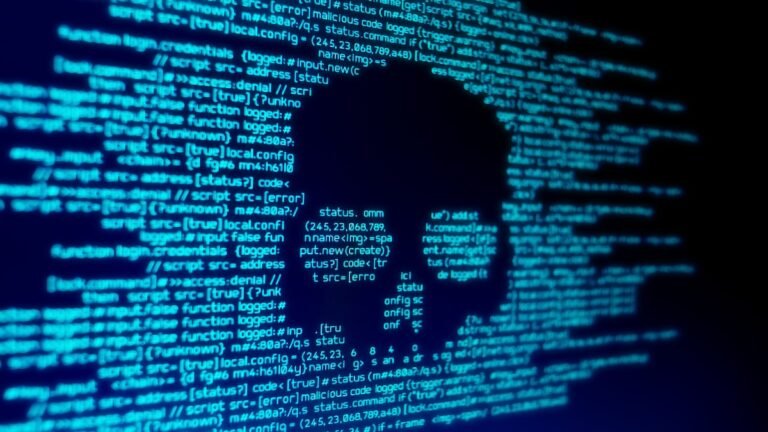Top Highlights
-
Guilty Plea: Iranian national Sina Gholinejad admitted in US federal court to aiding the Robbinhood ransomware crew, involved in extortion attacks affecting hospitals, city halls, and companies nationwide.
-
Extensive Damage: The Robbinhood group’s infamous attack on Baltimore in May 2019 led to over $19 million in recovery costs and devastated online payment systems.
-
Criminal Operations: The gang, operating since early 2019 as a ransomware-as-a-service, used Bitcoin ransoms and employed sophisticated techniques to obscure their digital tracks.
- Consequences: Gholinejad faces up to 30 years in prison, highlighting the serious impact of cybercrime on communities and the financial burdens imposed on victims and local governments.
What’s the Problem?
In a significant development within the realm of cybersecurity, Iranian national Sina Gholinejad has confessed in a US federal court to his role in orchestrating the Robbinhood ransomware group, which executed a series of damaging extortion attacks against municipal governments, healthcare facilities, and various private enterprises across the United States. Gholinejad’s guilty plea on charges of computer and wire fraud reveals his involvement in numerous cyber intrusions, during which he and his associates deployed Robbinhood malware to encrypt data and demanded Bitcoin ransoms from their victims. His actions illustrate a disturbing trend in cybercrime, where sophisticated tactics and technology are employed to exploit vulnerabilities within critical infrastructure for financial gain.
The case is emblematic of a wider epidemic of ransomware attacks that have garnered increasing attention from law enforcement. Notably, the infamous May 2019 assault on Baltimore, which paralyzed city operations and forced extensive recovery efforts costing over $19 million, represents one of the group’s most prominent incidents. As prosecutors elucidate, the Robbinhood gang resembled a ransomware-as-a-service enterprise, utilizing advanced money-laundering techniques to obfuscate their trails through layers of cryptocurrency and VPNs. US Attorney Daniel Bubar underscores the profound repercussions of such cybercrimes, affirming that these are not isolated incidents but rather direct assaults on the fabric of community life, impacting lives and livelihoods on a substantial scale. Gholinejad now faces a potential sentence of up to 30 years in prison, with his sentencing scheduled for August.
Critical Concerns
The admissions of Sina Gholinejad, a member of the Robbinhood ransomware group, underscore the pervasive risks posed by cybercriminal elements to a diverse array of businesses and organizations, extending beyond the immediate victims. The extensive reach of ransomware attacks can result in cascading failures across interconnected systems, jeopardizing sensitive data, disrupting crucial services, and imposing significant financial burdens, as exemplified by Baltimore’s staggering $19 million recovery cost. Consequently, unaffected entities may find themselves entangled in the aftermath, facing increased operational costs, diminished consumer trust, and potential regulatory scrutiny as organizations become vigilant against similar threats. Moreover, the systemic nature of these attacks instigates a climate of fear and uncertainty, further entrenching vulnerabilities within local economies and critical infrastructures, thereby threatening the stability and resilience of the larger digital landscape.
Possible Actions
Timely remediation is crucial in cybersecurity incidents, enabling organizations to minimize damage, protect sensitive data, and restore normal operations swiftly.
Mitigation and Remediation Steps
- Incident Response Plan
- Threat Intelligence Sharing
- Malicious Code Removal
- System Patching and Updating
- Employee Training Programs
- Network Segmentation
- Comprehensive Data Backup
NIST CSF Guidance
The NIST Cybersecurity Framework emphasizes a proactive approach to risk management, highlighting the importance of timely response through the Identify, Protect, Detect, Respond, and Recover functions. For in-depth guidance, refer specifically to NIST SP 800-61, which outlines effective incident handling protocols and strategies.
Explore More Security Insights
Explore career growth and education via Careers & Learning, or dive into Compliance essentials.
Access world-class cyber research and guidance from IEEE.
Disclaimer: The information provided may not always be accurate or up to date. Please do your own research, as the cybersecurity landscape evolves rapidly. Intended for secondary references purposes only.
Cyberattacks-V1

